In 2009, Amy Poehler introduced us to a television icon. A midlevel bureaucrat with an unflinching sense of optimism, Leslie Knope was the small-town hero of Parks & Rec, one whose bright-eyed belief in the power of local government was surprisingly infectious. She was a feminist, a lover of breakfast foods, and a woman who encouraged others to pursue their passions, who inspired them to support her own.
We might not have known it when those first episodes aired, but Leslie Knope was a lot like Poehler herself.
In 2008, Poehler had just ended her residency on NBC’s sketch-comedy series, Saturday Night Live. She’d spent close to a decade on the show, manning the Weekend Update desk with Seth Meyers and ushering in an era that challenged the boys-club legacy SNL had unintentionally built. Along with comedians like Tina Fey, Rachel Dratch, Maya Rudolph, and later, Kristen Wiig, Poehler wrote skits and created characters with a shelf life built for the new, digital age. When she left, she brought that talent for crafting likable, layered women to Mike Schur’s workplace comedy – spending years honing what would become TV’s most forwardly-feminist mascot.
Leslie Knope was the kind of woman who crafted campaign ads at just 10-years-old. She brunched with Madeline Albright. She prided herself on her organizational binders, she enjoyed hard work, she once overdosed on flu medication to raise money for her town’s Harvest Festival. Leslie Knope taught people, especially young girls, that it was okay to actually care about things. Cool, even.
But she was just a character on a TV show, Poehler was an actress and activist doing that same work off-screen, building an online community whose goal was to empower the next generation.
They call themselves Amy Poehler’s Smart Girls.
The organization was founded by Poehler and her longtime collaborator Meredith Walker back in 2008. The two women had met working on SNL and quickly found they shared a passion for wanting to help young girls find their place in the world.
“The idea came out of us wishing we had a time machine so we could go back to the younger versions of ourselves and let them know it was gonna be ok,” Poehler told Huffington Post. “We wanted to do a show that we would have wanted to watch at that age. And we knew we wanted to have a dance party at the end. We basically started with the dance party and worked backward.”
Smart Girls original began as a Youtube series where Poehler would invite inspiring young women on to talk about their passions. Young archeologists, boxers, skateboard enthusiasts, school mascots, glass blowers … the interests were widespread but the connecting thread was Poehler’s desire to learn about and promote ordinary girls doing extraordinary things. And being proud of it.
“Girls have to fight against a lot of the same stuff we did growing up…peer pressure, exploitation, etc.,” Poehler said. “But what worries me the most is this trend that caring about something isn’t cool. That it’s better to comment on something than to commit to it. That it’s so much cooler to be unmotivated and indifferent. Our culture can get so snarky and ironic sometimes and we kind of wanted Smart Girls to celebrate the opposite of that.”
The show’s popularity helped it to quickly morph into an online community, which has now become Smart Girls. The website features chats with changemakers like Stacey Abrams and civil rights leaders like Susan Burton; campaigns that partner with groups like the Transgender Law Center to raise awareness about issues of inequality and discrimination; and must-reads that meet teens and young adults where they are, regardless of which gender they identify with.
Smart Girls’ leadership team, which includes Walker, takes a hands-on approach in building this community – organizing volunteer days, mentoring local clubs, speaking in schools, and traveling overseas to see how the group can help girls in third-world countries reach their potential. Four years ago, Walker visited Syrian refugee camps, relaying her experience to Smart Girls back home and connecting the young women in the camps with the community she helped foster in the States.
“The women and girls in those camps are not going to school and don’t have much variety in their daily lives,” Walker told Forbes about the trip. “Before I left for Jordan, we asked our community what they’d want to know about the young women with whom I’d be spending time. In-person, I conveyed those messages letting the Syrian girls know that people around the world know about them, are interested in them, and care about them. In turn, I asked what messages they wanted me to take back. I wrote about it on Smart Girls and talked to school groups about the girls when I returned. If we are curious about ourselves as well as perspectives other than our own, the world is better for it.”
It’s that culture of curiosity, learning, and togetherness that feels most in tune with who Poehler – and the character she brought to life on Parks and Rec – is. Smart Girls fosters community, aids in tough discussions on sensitive issues, and promotes advocacy and activism – but they do it with a healthy dose of humor and the guiding principle that this kind of work needs to be tailored to their specific audience.
“We kind of wanted to create something that we would have liked to have joined when we were younger,” Poehler explained. “I think there’s something really special about taking the temperature of young people, listening to what they care about, amplifying their voices. It’s an attempt to do all that.”
Along with raising money for various charity events, including Poehler’s Worldwide Orphans Foundation, Smart Girls makes an impact by inspiring the next generation of leaders to get active about the issues they’re invested in, meaning Poehler and company are creating something that will hopefully outlast them and be the catalyst for long-term, systemic change.
Leslie Knope would be proud.
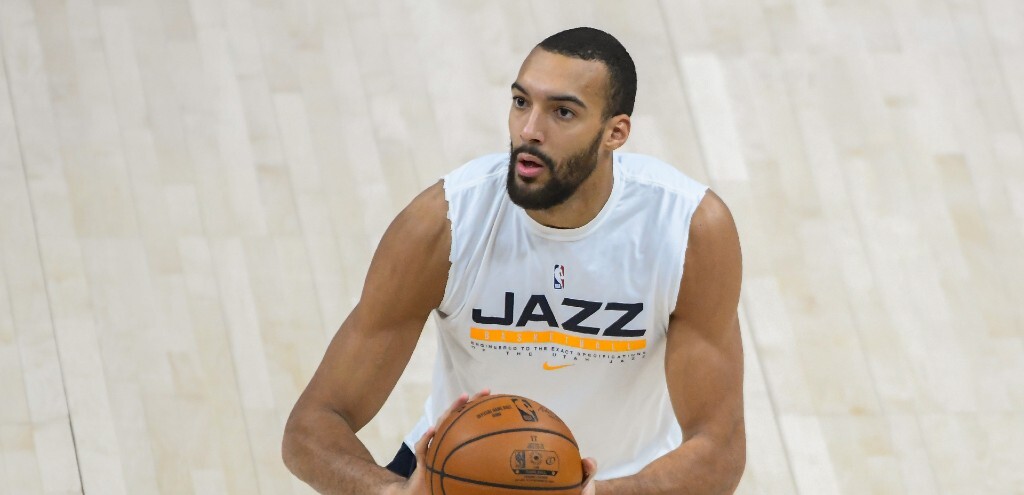


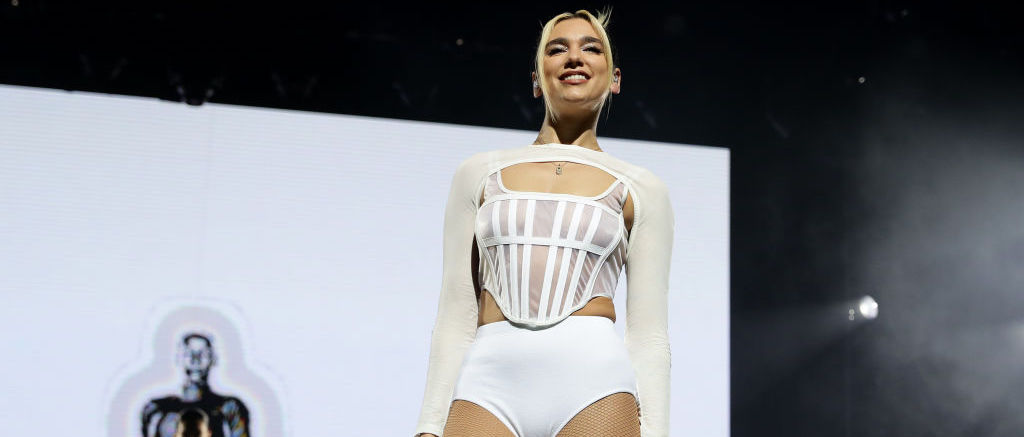
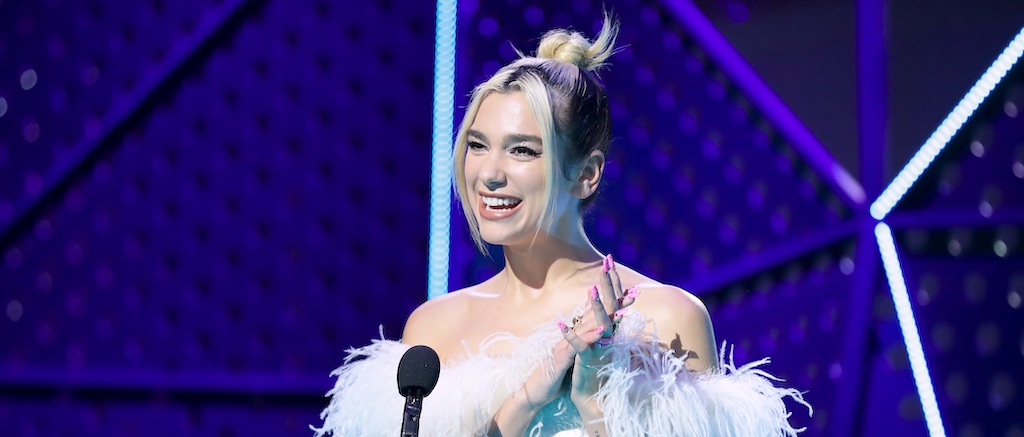
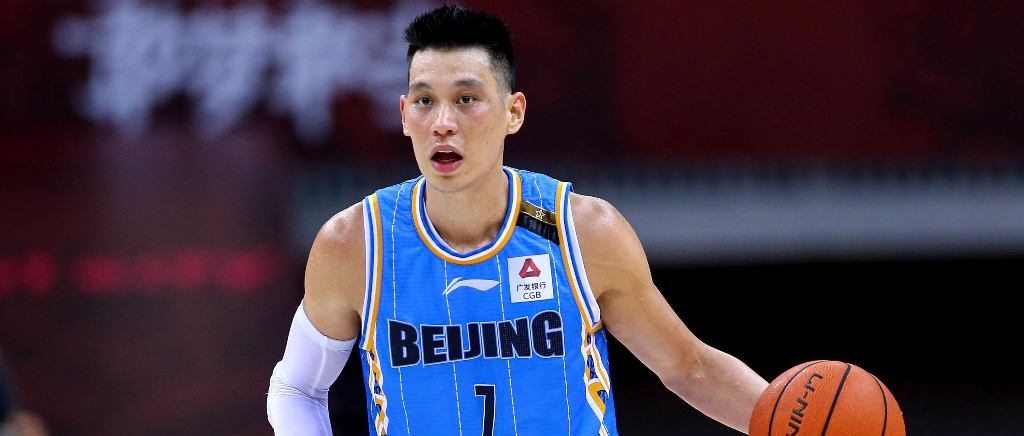
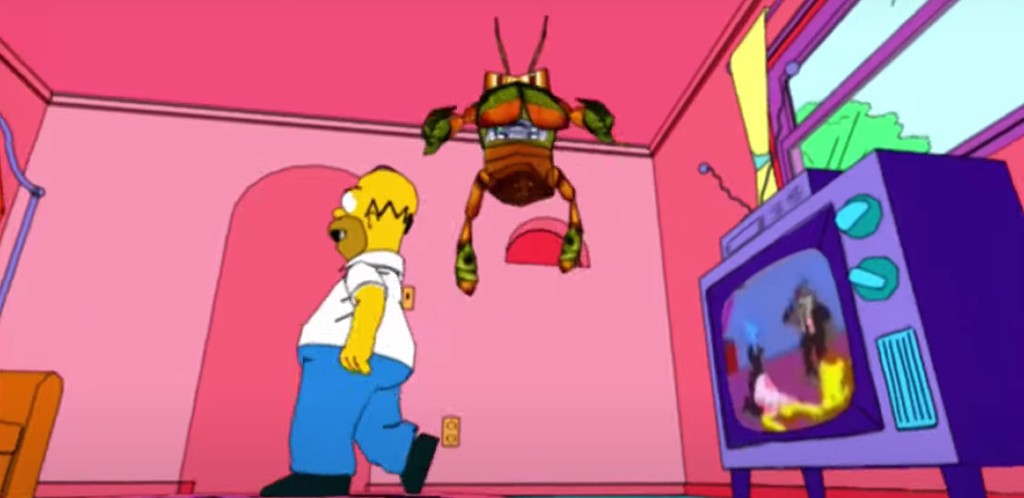
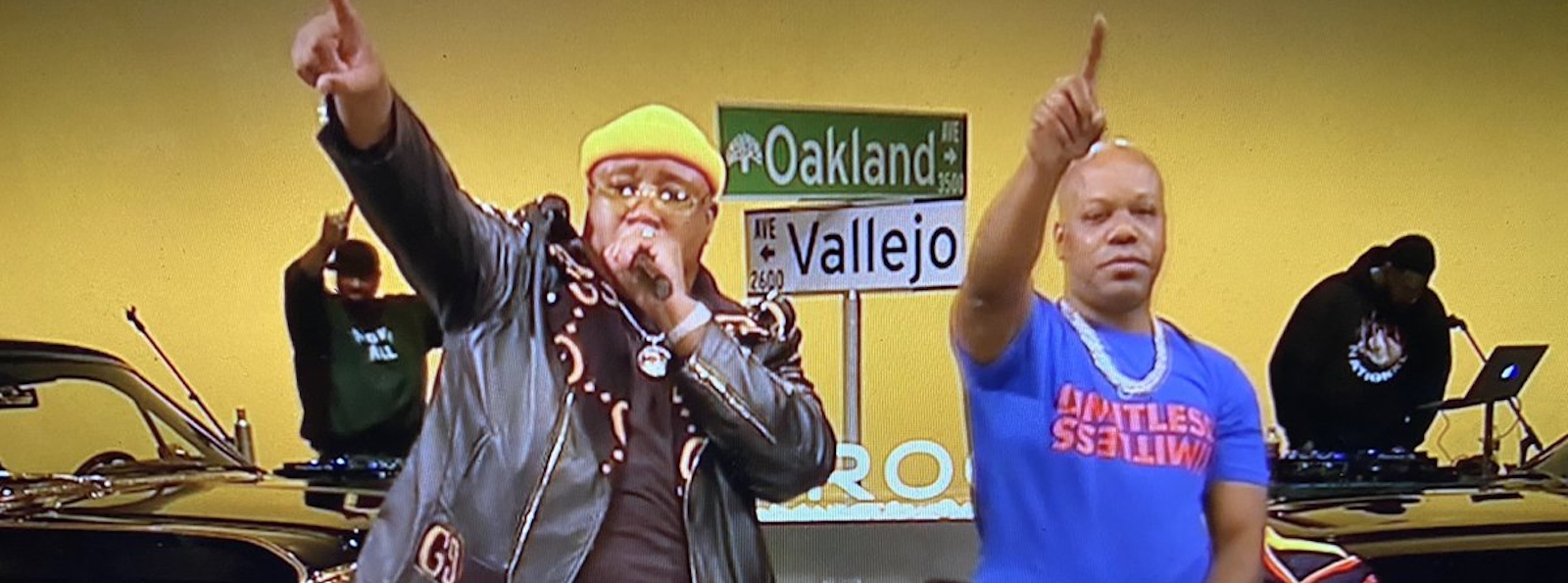



 (@IAMSU)
(@IAMSU) 

 (@Gifted_Gab)
(@Gifted_Gab)